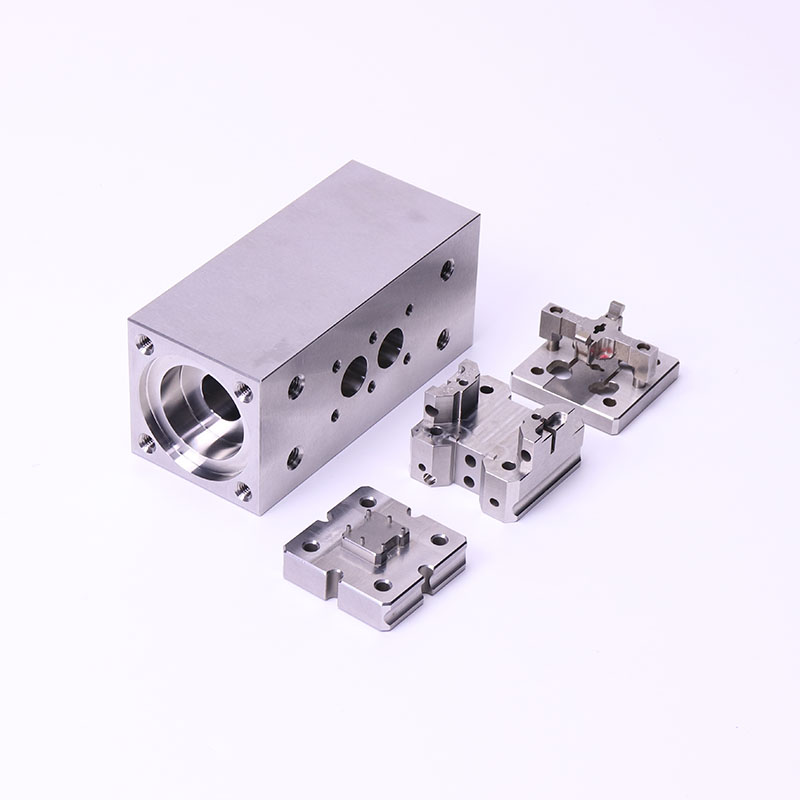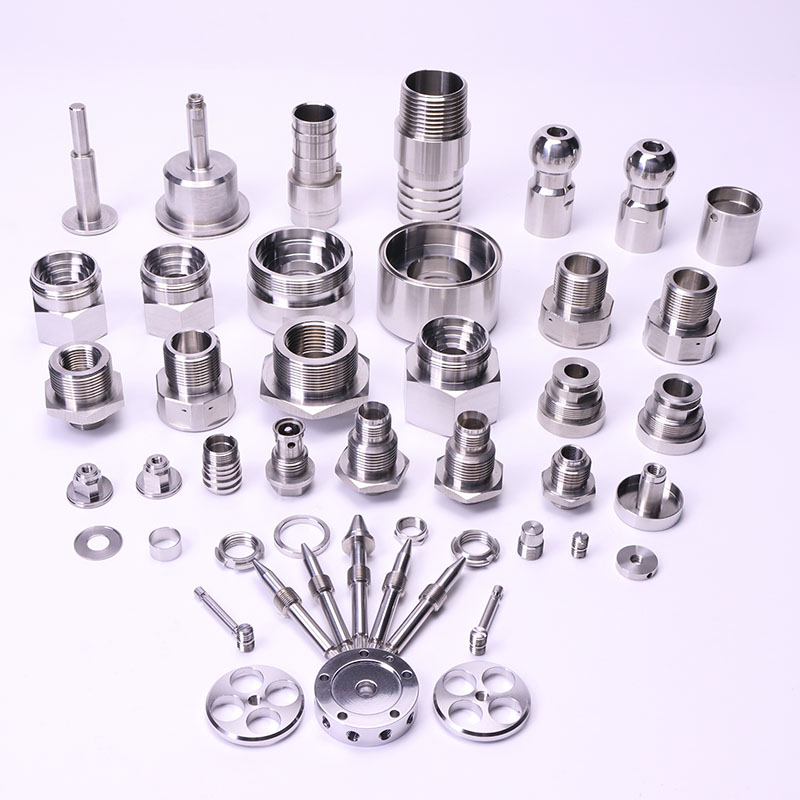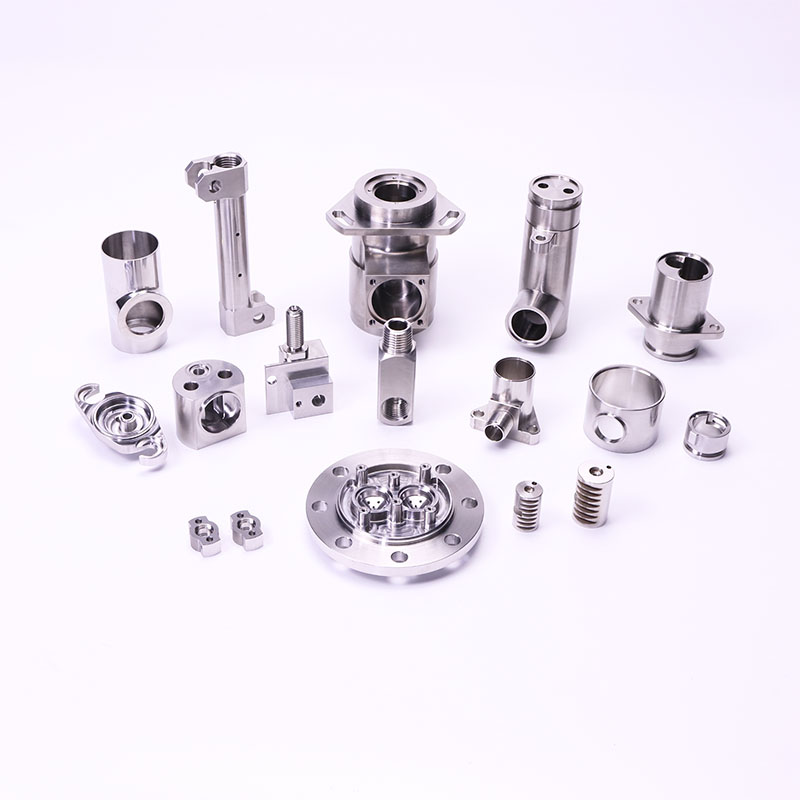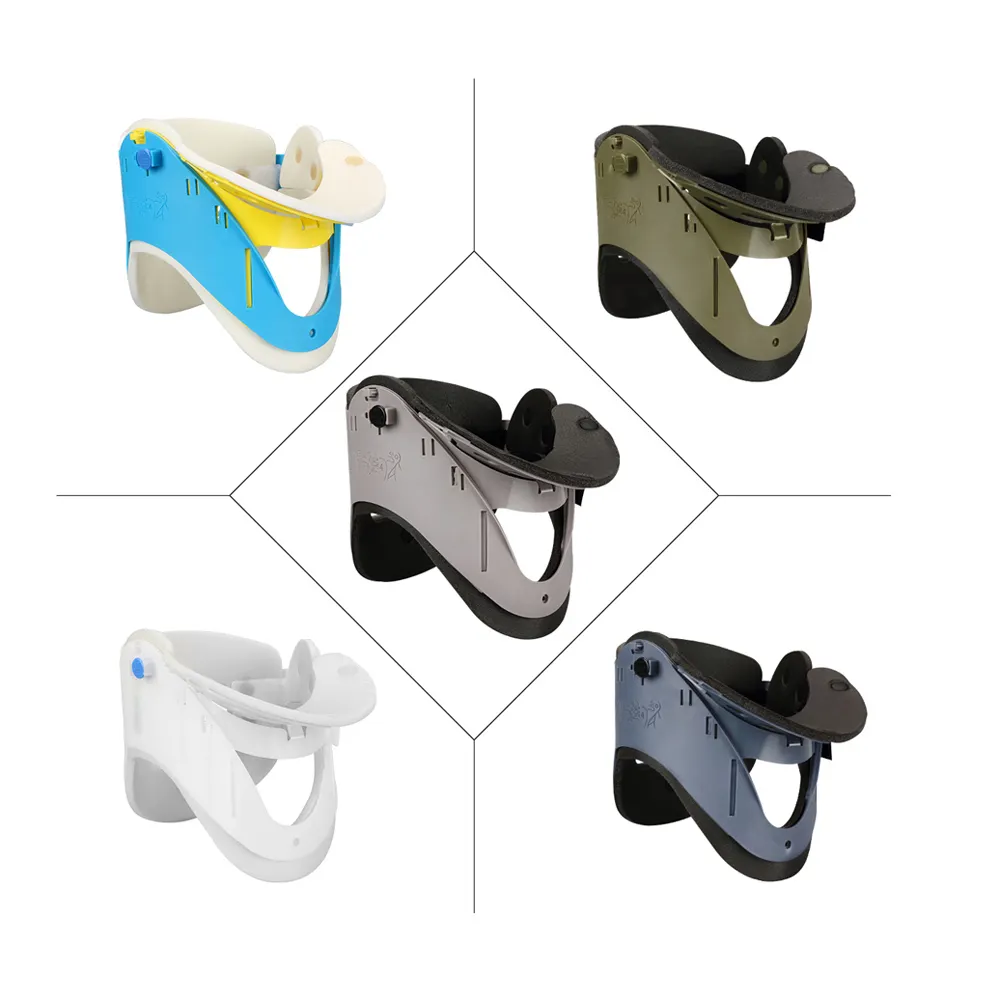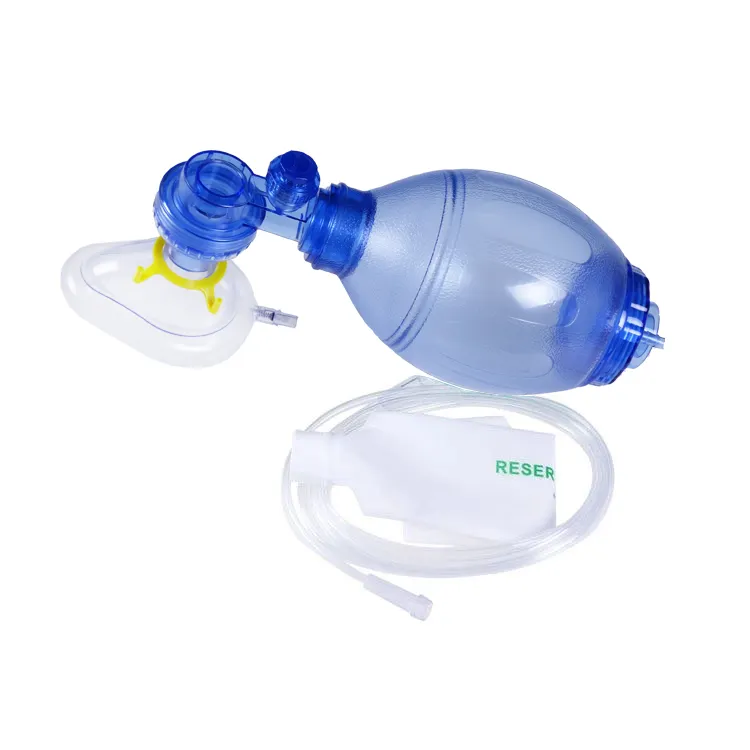A Comprehensive Guide on Cutting Parameters and Tool Selection for Composite Materials
Abstract
Glass Fiber Reinforced Plastics (GFRP) have become a cornerstone in industries such as aerospace, automotive, and wind energy due to their excellent strength-to-weight ratio. However, machining these materials presents significant challenges due to their unique properties, such as high abrasiveness and complex failure mechanisms. This article explores how optimizing CNC milling services for GFRP can lead to improvements in machining efficiency and product quality. We will examine the key cutting parameters—speed, feed rate, and cutting tool selection—along with strategies to overcome common machining issues like tool wear and surface finish quality.
Introduction
As industries continue to demand lighter, stronger materials, the use of composite materials, especially GFRP, is on the rise. These materials are often chosen for their exceptional durability and high strength-to-weight ratios, making them ideal for applications in aerospace, automotive, and renewable energy sectors. However, machining these materials poses a unique set of challenges.
CNC milling services, a vital part of modern manufacturing, must evolve to meet the specific needs of composite materials like GFRP. Milling composites requires an in-depth understanding of cutting forces, temperatures, and material behaviors. This article aims to guide manufacturers in optimizing CNC milling processes, ensuring not only enhanced machining efficiency but also improved surface quality and tool longevity.
1. Key Challenges in CNC Milling of GFRP
1.1 High Cutting Forces
Machining GFRP composites presents higher cutting forces compared to metals. These forces are mainly attributed to the fiber reinforcement within the material, which can cause excessive tool wear and even machine vibrations, leading to poor surface finishes. Manufacturers often face challenges in balancing cutting forces to maintain precision while ensuring tool longevity.
1.2 Tool Wear and Abrasiveness
GFRP materials are highly abrasive due to their glass fiber content. This abrasiveness can cause rapid tool wear, leading to increased tool replacement costs and reduced machining efficiency. Even with high-quality tools, such as carbide or diamond-coated inserts, the wear rate is significantly higher than in traditional metals, complicating the milling process.
1.3 Temperature and Heat Generation
Another significant challenge is the high temperatures generated during the milling process. GFRP tends to generate heat quickly, which can degrade the material and affect both the tool and the workpiece. Managing heat effectively is crucial to avoid thermal damage, which can result in microcracks, fiber pull-out, and a deterioration of the material's properties.
2. Optimizing CNC Milling Parameters for GFRP
2.1 Cutting Speed and Feed Rate Adjustments
The cutting speed and feed rate are two of the most critical parameters influencing the outcome of a CNC milling operation. In the case of GFRP, the cutting speed needs to be optimized to minimize both tool wear and the generation of excessive heat. Too high a cutting speed can result in increased temperatures and poor surface quality, while too low a speed may lead to inefficient machining.
Optimal Cutting Speed: Studies indicate that for GFRP, cutting speeds between 250 m/min to 450 m/min tend to balance efficiency with reduced tool wear and heat generation.
Feed Rate Impact: Increasing the feed rate can help reduce cutting forces and tool wear, but it can also lead to a rougher surface finish if not managed properly. A slower feed rate, on the other hand, may improve surface finish but increase heat generation.
2.2 Tool Selection for GFRP Milling
The choice of tool is equally important when machining GFRP composites. Due to the material's abrasive nature, traditional tools like high-speed steel (HSS) are not ideal. Instead, carbide or diamond-coated tools are commonly employed to reduce wear.
Carbide Tools: Carbide tools are widely used for milling GFRP because they offer superior durability compared to other materials. However, they are still susceptible to wear under high cutting forces.
Diamond-Coated Tools: For higher precision and longer tool life, diamond-coated tools are the best option. These tools are especially effective in reducing friction and wear, making them suitable for large-scale composite machining.
2.3 Cooling and Lubrication Techniques
Effective cooling and lubrication are critical to reducing heat generation and improving the cutting performance of CNC milling services. The application of coolant or lubrication directly impacts tool life, surface quality, and the overall efficiency of the process.
Flood Cooling Systems: These systems apply a continuous stream of coolant to the cutting area, helping to dissipate heat quickly and reduce friction. However, they can be less effective in intricate or tight milling applications.
Cryogenic Cooling: A promising method for improving tool life and reducing thermal damage is cryogenic cooling, where liquid nitrogen is used to lower the temperature of the cutting area.
3. Case Studies: Industry Applications and Results
3.1 Aerospace Industry
The aerospace sector has been at the forefront of adopting composite materials like GFRP. For instance, a leading aerospace company has optimized their CNC milling services by adjusting cutting speeds and using diamond-coated tools, resulting in a 20% reduction in tool wear and a 15% improvement in production speed. The use of cryogenic cooling systems has also contributed to maintaining material integrity and improving surface finish quality.
3.2 Automotive Sector
In the automotive industry, GFRP is used extensively for lightweight components. Manufacturers have adapted CNC milling parameters by reducing cutting speeds and increasing feed rates, which has allowed them to achieve smoother finishes on complex parts while significantly reducing the wear rate of tools.
3.3 Wind Energy
Wind turbine blades, often manufactured using GFRP composites, require highly efficient milling processes. Companies in the wind energy sector have focused on optimizing CNC milling parameters to handle large-scale production while maintaining high precision and low costs. The adoption of advanced cooling techniques has played a crucial role in reducing thermal damage to the blades.
4. Conclusion
Optimizing CNC milling services for GFRP is essential for improving both efficiency and quality in composite material processing. By carefully adjusting cutting parameters like speed and feed rate, selecting appropriate cutting tools, and implementing advanced cooling techniques, manufacturers can significantly enhance the precision and durability of GFRP components. As industries continue to embrace composite materials, further innovations in milling technology will help address the challenges of machining, paving the way for more cost-effective and efficient production methods.
References
Liang, X., Yang, P., Wu, Z., Jia, C., & Guo, X. (2023). Study on the Milling and Failure Mechanisms of GFRP. Journal of Materials Science and Engineering.
Zhang, L., et al. (2022). Advances in Composite Materials Machining: Challenges and Solutions. International Journal of Machine Tools & Manufacture.
Smith, R., & Johnson, P. (2021). Optimizing Cutting Parameters for Aerospace Composite Milling. Aerospace Manufacturing Journal.
FAQs
1. What is CNC milling for GFRP?
CNC milling for GFRP involves using automated machines to precisely cut Glass Fiber Reinforced Plastics. This process is crucial for producing complex shapes in industries like aerospace and automotive.
2. How can I reduce tool wear when milling GFRP?
To reduce tool wear, optimize cutting parameters, use carbide or diamond-coated tools, and implement effective cooling strategies like cryogenic cooling.
3. What cutting speeds are recommended for GFRP machining?
Optimal cutting speeds for GFRP range from 250 m/min to 450 m/min, balancing efficiency and tool longevity.
4. Why is feed rate important in CNC milling GFRP?
Feed rate affects both the surface finish and tool wear. A higher feed rate reduces cutting forces but may result in rougher surfaces, so it should be optimized for each material.
5. How does cryogenic cooling benefit CNC milling of composites?
Cryogenic cooling reduces the temperature during milling, preventing thermal damage to the material and extending tool life.

